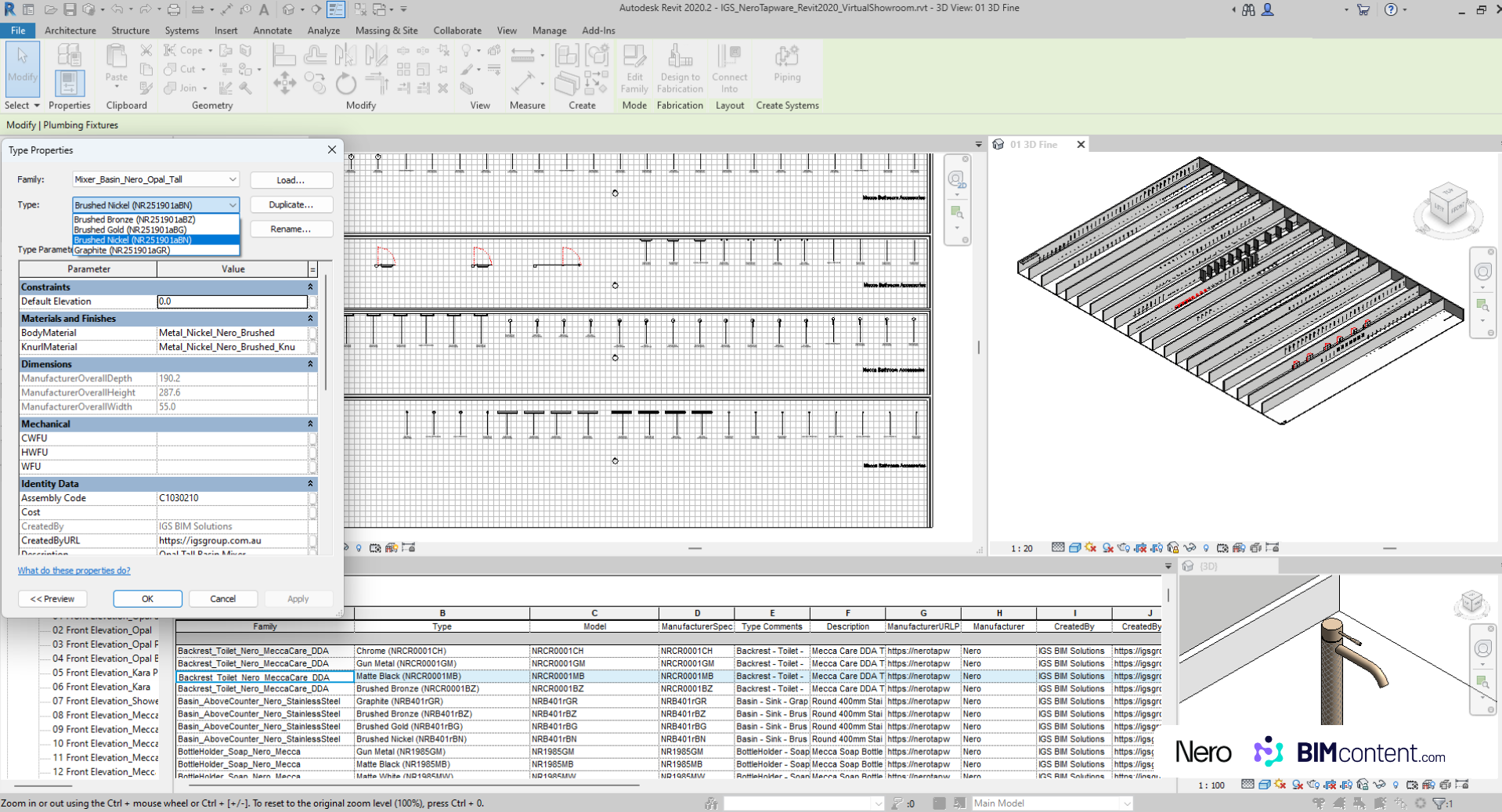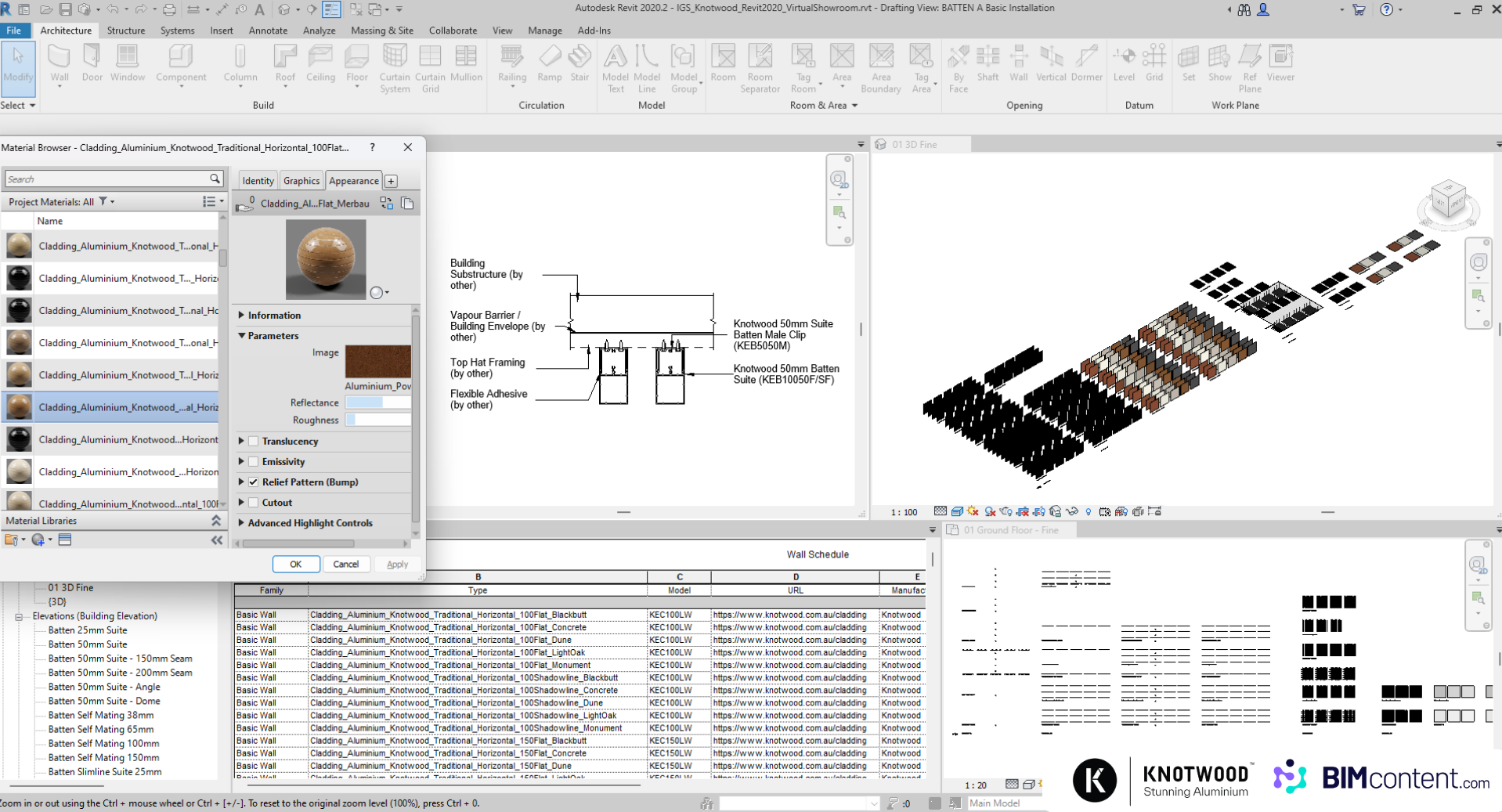Introduction to BIM Content in Australia
The history of Building Information Modeling (BIM) content in Australia is a narrative of technological advancement, industry adaptation, and the pursuit of efficiency in the architectural, engineering, and construction (AEC) sectors. At its core, BIM is a digital representation of physical and functional characteristics of places. It goes beyond mere drawing or modeling; it is a collaborative process that allows architects, engineers, and builders to coalesce around a unified, digital and dynamically updated architectural model. The introduction of BIM content into Australia’s AEC industry marked a pivotal shift towards more integrated, intelligent, and sustainable practices.
In Australia, the adoption of BIM content was driven by the need to enhance collaboration among stakeholders, improve accuracy in planning and execution, and optimize the lifecycle management of buildings. The journey began in the early 2000s, aligning with global trends but tailored to meet local standards and practices. The Australian government and private sector recognized the potential of BIM to revolutionize the design, construction, and management of building projects, leading to its gradual integration into industry standards and practices.
The significance of BIM in Australia is twofold. Firstly, it embodies the technological leap forward from traditional drawing-based processes to an intelligent, model-based approach. Secondly, it represents a paradigm shift in collaboration across disciplines, enabling more sophisticated and integrated project outcomes. This evolution has not only influenced the methods and tools used by professionals but also the expectations around project delivery timelines, budget management, and overall quality.
Early Adoption and Evolution of BIM Technology
The early adoption of BIM technology in Australia was characterized by exploration, experimentation, and the laying of foundational principles for future development. Initial steps involved transitioning from 2D drafting to 3D modeling, with forward-thinking firms and projects leading the way. The transition was not merely a technical upgrade but also required cultural and procedural changes within organizations. Early adopters faced challenges such as software selection, training needs, and the integration of BIM into existing workflows.
As BIM technology evolved, so did its scope and capabilities. From basic modeling tools, the industry moved towards more comprehensive solutions that encompassed architectural, structural, and MEP (mechanical, electrical, and plumbing) design aspects. This expansion facilitated a more holistic approach to building design and construction, highlighting the need for interoperability among different BIM software and platforms.
The evolution of BIM in Australia is also marked by the development of standards and guidelines to ensure consistency and quality across projects. The Australian Institute of Architects and Consult Australia were instrumental in advocating for BIM best practices, leading to the publication of the National BIM Guide and other resources. These efforts helped to establish a common language and framework for BIM adoption, addressing legal, contractual, and technical considerations.
In parallel, the role of government initiatives cannot be understated. State and federal government projects began to mandate BIM on certain projects, recognizing its potential to deliver cost savings, efficiency improvements, and environmental benefits. Such mandates served as a catalyst for wider adoption across the industry, pushing companies to invest in BIM capabilities.
The early period of BIM adoption laid the groundwork for what would become a widespread and deeply integrated component of Australia’s AEC industry. It was a time of learning and adjustment, marked by significant investments in technology and training. However, these efforts have paid off, leading to an industry that is more collaborative, efficient, and capable of tackling complex projects with greater confidence and precision.
The Growth of BIM Content Libraries
The proliferation of BIM content libraries in Australia represents a significant advancement in the local AEC industry. These libraries, essential repositories of digital building components, have become crucial for architects, engineers, and designers in streamlining the design process, enhancing accuracy, and fostering collaboration. The growth of these libraries has been propelled by the increasing demand for standardized, high-quality BIM objects that can be easily shared and utilized across different projects and teams.
Manufacturers of building products have played a pivotal role in this expansion, recognizing the opportunity to offer their products as ready-to-use BIM objects. This not only facilitated the design process by providing accurate, detailed representations of real-world products but also enabled manufacturers to directly influence the specification process. The adoption of BIM libraries has, in turn, led to a more integrated and efficient approach to project design, where designers can access an extensive range of components that are consistent with Australian standards and regulations.
The establishment of platforms specifically designed to host and share BIM content, such as BIMcontent.com, further exemplifies the commitment within the Australian AEC industry to embrace digital transformation. These platforms offer a centralized location for accessing BIM libraries, enhancing the visibility of manufacturers’ products and providing valuable insights through analytics on product usage and preferences.
Impact on Australian Architecture and Engineering
The impact of BIM content on Australian architecture and engineering has been profound, driving efficiencies, improving project outcomes, and fostering innovation. By enabling more accurate and detailed planning, BIM has significantly reduced the time and costs associated with revisions and errors in construction projects. This accuracy extends to the lifecycle management of buildings, where BIM content enables better maintenance, renovation, and demolition planning.
Moreover, BIM’s ability to facilitate collaboration among all stakeholders in a project has led to a more cohesive and transparent project delivery process. The digital nature of BIM content allows for real-time updates and information sharing, ensuring that all parties are working from the most current project data. This has been particularly beneficial in Australia, where projects often involve teams spread across vast distances.
Sustainability has been another major area of impact. BIM content aids in the design of buildings that are more energy-efficient and better suited to their environments, supporting Australia’s commitment to reducing its carbon footprint. The detailed information contained within BIM models enables the simulation and analysis of building performance under various conditions, allowing for the optimization of energy use and the selection of sustainable materials.
Current Trends and Future Directions in BIM Content
As the Australian AEC industry continues to evolve, several trends and future directions in BIM content have emerged. One such trend is the integration of BIM with emerging technologies such as artificial intelligence (AI) and the Internet of Things (IoT). This integration promises to further enhance the capabilities of BIM, enabling more sophisticated analysis and prediction of building performance and facilitating the move towards smart buildings and cities.
Another notable trend is the increasing emphasis on interoperability and standards. With the global nature of the construction industry, there is a growing recognition of the need for BIM content and models to be compatible across different platforms and software. This has led to efforts both within Australia and internationally to develop standards that ensure BIM content can be used seamlessly across projects and jurisdictions.
Conclusion
Looking ahead, the future of BIM content in Australia is likely to be characterized by a continued focus on digital innovation and sustainability. As the technology matures and its adoption becomes even more widespread, BIM content will play a central role in driving the efficiency, effectiveness, and environmental performance of the Australian AEC industry. Communication and soft skills will play a more significant role in fostering collaboration.
The exploration of BIM content’s history in Australia reveals a dynamic landscape of technological adoption and innovation. From its early adoption to the development of comprehensive BIM content libraries and the impact on architectural and engineering practices, Australia’s AEC industry has demonstrated a commitment to leveraging digital tools for better outcomes. As the industry moves forward, the integration of BIM with other technologies and a focus on sustainability and interoperability are set to define the next chapter in the evolution of BIM content in Australia.





